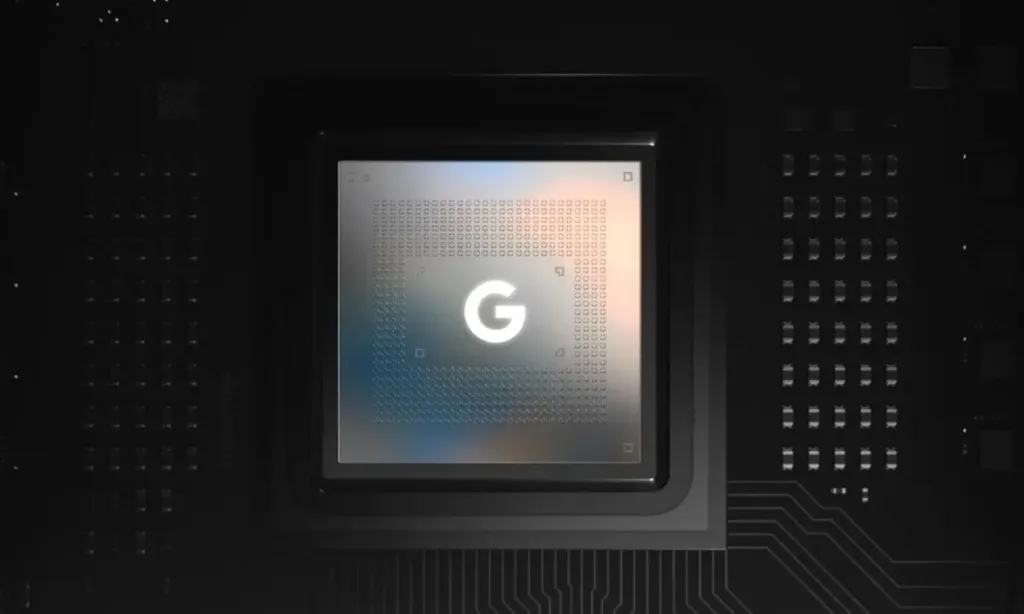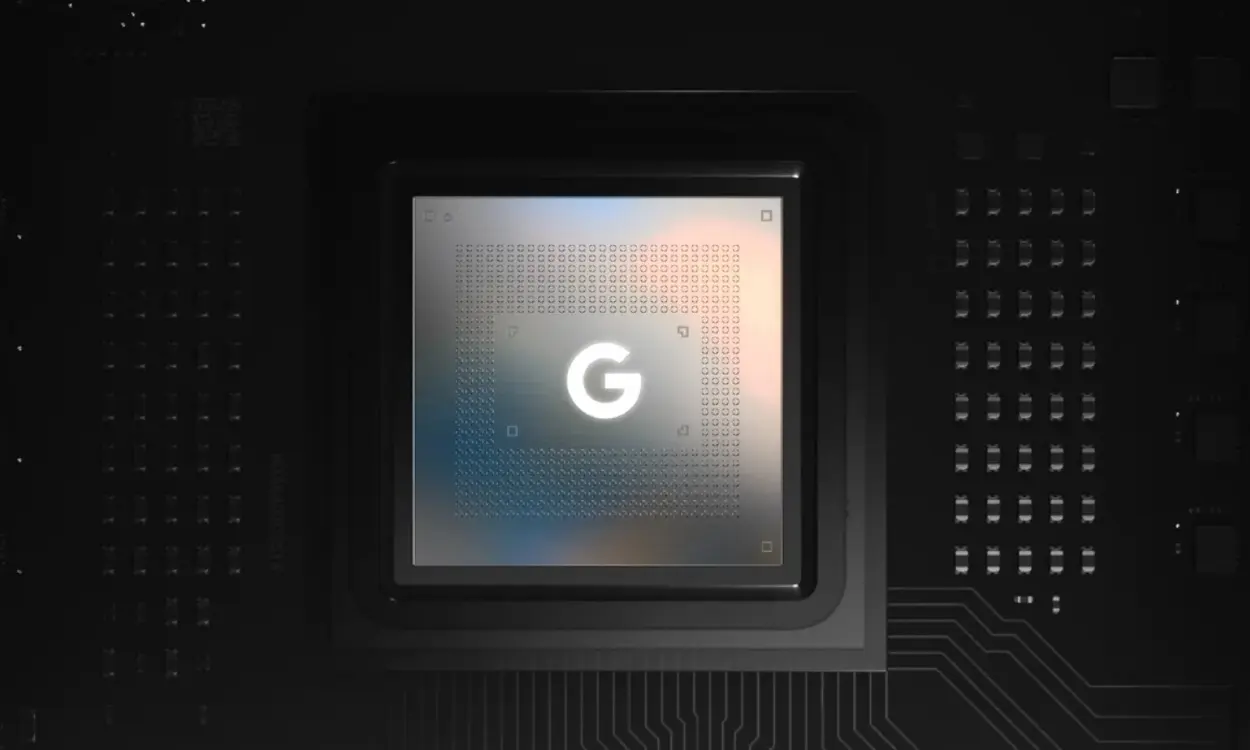
Google’s custom Tensor chipsets have struggled over the years, offering decent performance but poor efficiency compared to competitors. Google primarily designs Tensor in-house, incorporating some Samsung IP, and manufactures the chipsets through Samsung Foundry, leading to lower yields and subpar performance/efficiency. In our benchmark tests of the Tensor G4, the results were disappointing.
However, this is set to change with the upcoming Tensor G5, codenamed “Laguna,” expected next year. According to Android Authority, the full specs of the Tensor G5, which will power the Pixel 10 series, have been revealed. The chip will reportedly be manufactured using TSMC’s advanced 3nm (N3E) process node, the same technology used for Qualcomm’s Snapdragon 8 Elite and Apple’s A18 Pro processors.
Switching to TSMC’s foundry is expected to significantly improve the performance and efficiency of the Tensor G5. According to the report, the Tensor G5’s die size is 121 mm², slightly smaller than the Snapdragon 8 Elite’s 124.1 mm². However, it remains unclear whether the Tensor G5 will feature an integrated modem.
As for the CPU configuration, the Tensor G5 includes eight cores. However, Google has opted for the older Cortex-X4 core rather than the latest Arm Cortex-X925, which offers a substantial performance boost, as seen in our comparison between the Dimensity 9400 and Snapdragon 8 Elite. Details about the CPU frequency have not been disclosed.
On the positive side, Google has chosen Arm’s latest 5x Cortex-A725 cores for the mid-tier, and 2x Cortex-A520 cores for efficiency. While the Tensor G5 may not outperform flagship chipsets on paper, it is expected to deliver a significant performance improvement over the Tensor G4.
PowerVR Returns with the Tensor G5
For the GPU, Google has made an interesting choice with Imagination Technologies’ 2-core DXT-48-1536 GPU, clocked at 1.1GHz. This GPU supports Ray Tracing and GPU Virtualization. If you’re unfamiliar, Imagination Technologies is known for its PowerVR GPUs, which were used in iPhones from 2007 to 2017, up until the Apple A10 Fusion SoC. Apple switched to its in-house GPU starting with the A11 Bionic.
On the AI front, the Tensor G5 includes a next-generation TPU (or NPU), delivering 14% faster performance in AI workloads. It can achieve 18 TOPS on INT8 data types and 9 TOPS on FP16 data types.
Overall, the Tensor G5 looks promising, especially with its move to TSMC’s manufacturing process. However, there’s still no information about the 5G modem. Will Google continue with Samsung or switch to Qualcomm for a discrete 5G modem, similar to Apple? Stay tuned as we dig for more details.




